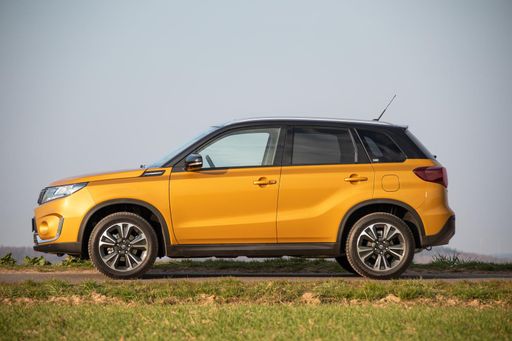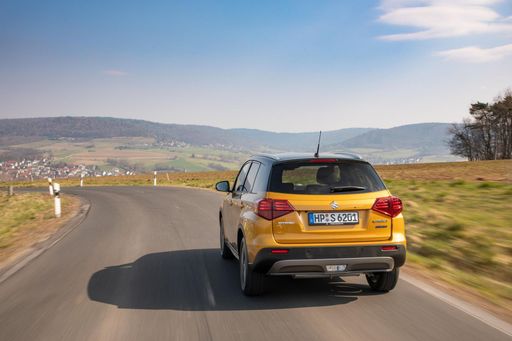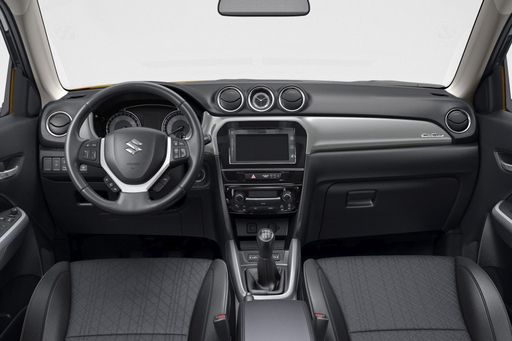Subaru Forester vs Suzuki Vitara - Differences and prices compared
Compare performance (136 HP vs 129 HP), boot space and price (34700 £ vs 23600 £) at a glance. Find out which car is the better choice for you – Subaru Forester or Suzuki Vitara?
Costs and Efficiency:
Looking at overall running costs, both models reveal some interesting differences in everyday economy.
Suzuki Vitara has a convincingly advantage in terms of price – it starts at 23600 £, while the Subaru Forester costs 34700 £. That’s a price difference of around 11134 £.
Fuel consumption also shows a difference: Suzuki Vitara manages with 5 L and is therefore clearly more efficient than the Subaru Forester with 8.10 L. The difference is about 3.10 L per 100 km.
Engine and Performance:
Power, torque and acceleration say a lot about how a car feels on the road. This is where you see which model delivers more driving dynamics.
When it comes to engine power, the Subaru Forester has a slight edge – offering 136 HP compared to 129 HP. That’s roughly 7 HP more horsepower.
In acceleration from 0 to 100 km/h, the Suzuki Vitara is evident quicker – completing the sprint in 9.50 s, while the Subaru Forester takes 12.20 s. That’s about 2.70 s faster.
In terms of top speed, the Suzuki Vitara performs hardly perceptible better – reaching 190 km/h, while the Subaru Forester tops out at 188 km/h. The difference is around 2 km/h.
There’s also a difference in torque: Suzuki Vitara pulls distinct stronger with 235 Nm compared to 182 Nm. That’s about 53 Nm difference.
Space and Everyday Use:
Cabin size, boot volume and payload all play a role in everyday practicality. Here, comfort and flexibility make the difference.
Both vehicles offer seating for 5 people.
In curb weight, Suzuki Vitara is distinct lighter – 1255 kg compared to 1693 kg. The difference is around 438 kg.
In terms of boot space, the Subaru Forester offers clearly perceptible more room – 508 L compared to 375 L. That’s a difference of about 133 L.
In maximum load capacity, the Subaru Forester performs clearly perceptible better – up to 1731 L, which is about 611 L more than the Suzuki Vitara.
When it comes to payload, Subaru Forester somewhat takes the win – 492 kg compared to 400 kg. That’s a difference of about 92 kg.
Who comes out on top?
Overall, the Suzuki Vitara shows itself to be is largely superior and secures the title of DriveDuel Champion.
It convinces with the more balanced overall package and proves to be the more versatile choice for everyday use.

Suzuki Vitara
Costs and Consumption
View detailed analysis
Engine and Performance
View detailed analysis
Dimensions and Body
View detailed analysis
Subaru Forester
The Subaru Forester is a practical all-rounder that quietly does everything right, with roomy comfort, excellent visibility and a real fondness for weekend adventures off the beaten path. It won't set your pulse racing like a sports car, but for buyers who prize reliability, safety and sensible charm, it's a brilliantly steady companion with a cheeky streak.
details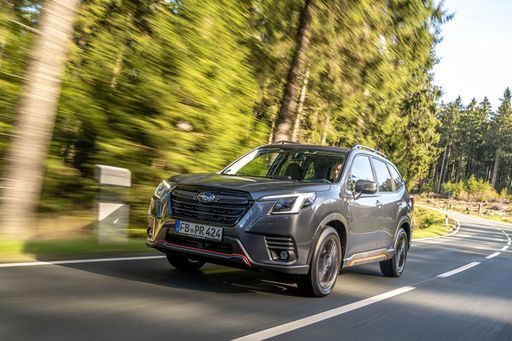
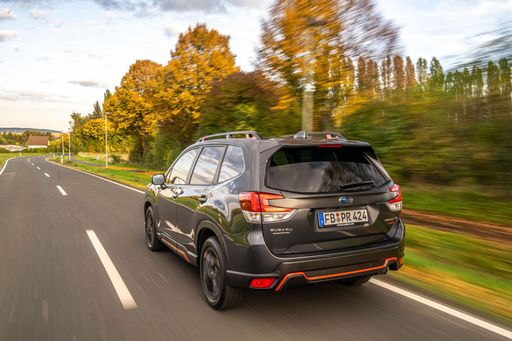
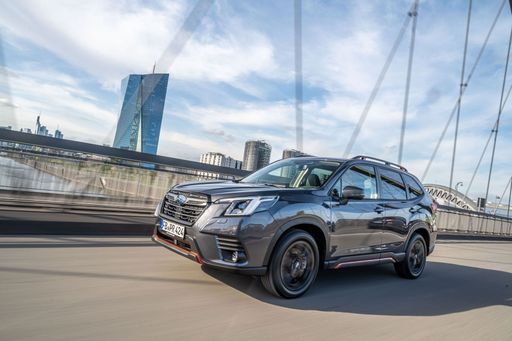

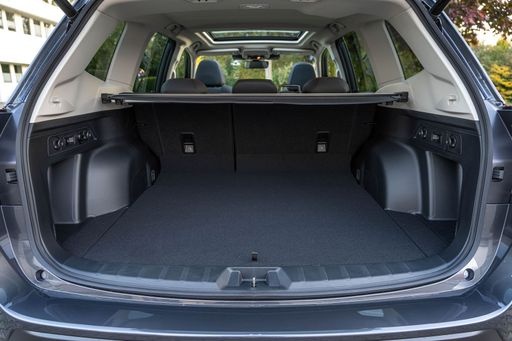

|

|
|
|
|
Costs and Consumption |
|
|---|---|
|
Price
34700 - 42200 £
|
Price
23600 - 30900 £
|
|
Consumption L/100km
8.10 L
|
Consumption L/100km
5 - 5.9 L
|
|
Consumption kWh/100km
-
|
Consumption kWh/100km
-
|
|
Electric Range
-
|
Electric Range
-
|
|
Battery Capacity
-
|
Battery Capacity
-
|
|
co2
183 g/km
|
co2
113 - 138 g/km
|
|
Fuel tank capacity
48 L
|
Fuel tank capacity
47 L
|
Dimensions and Body |
|
|---|---|
|
Body Type
SUV
|
Body Type
SUV
|
|
Seats
5
|
Seats
5
|
|
Doors
5
|
Doors
5
|
|
Curb weight
1693 - 1739 kg
|
Curb weight
1255 - 1395 kg
|
|
Trunk capacity
508 L
|
Trunk capacity
289 - 375 L
|
|
Length
4670 mm
|
Length
4185 mm
|
|
Width
1830 mm
|
Width
1775 mm
|
|
Height
1730 mm
|
Height
1595 mm
|
|
Max trunk capacity
1679 - 1731 L
|
Max trunk capacity
1046 - 1120 L
|
|
Payload
446 - 492 kg
|
Payload
375 - 400 kg
|
Engine and Performance |
|
|---|---|
|
Engine Type
Petrol MHEV
|
Engine Type
Petrol MHEV, Full Hybrid
|
|
Transmission
Automatic
|
Transmission
Manuel, Automatic
|
|
Transmission Detail
CVT
|
Transmission Detail
Manual Gearbox, Automated Manual, Automatic Gearbox
|
|
Drive Type
All-Wheel Drive
|
Drive Type
Front-Wheel Drive, All-Wheel Drive
|
|
Power HP
136 HP
|
Power HP
110 - 129 HP
|
|
Acceleration 0-100km/h
12.20 s
|
Acceleration 0-100km/h
9.5 - 12.7 s
|
|
Max Speed
188 km/h
|
Max Speed
180 - 190 km/h
|
|
Torque
182 Nm
|
Torque
235 Nm
|
|
Number of Cylinders
4
|
Number of Cylinders
4
|
|
Power kW
100 kW
|
Power kW
81 - 95 kW
|
|
Engine capacity
1995 cm3
|
Engine capacity
1373 - 1462 cm3
|
General |
|
|---|---|
|
Model Year
2025
|
Model Year
2024 - 2025
|
|
CO2 Efficiency Class
G
|
CO2 Efficiency Class
D, C, E
|
|
Brand
Subaru
|
Brand
Suzuki
|
What drivetrain options does the Subaru Forester have?
The Subaru Forester is available as All-Wheel Drive.
The prices and data displayed are estimates based on German list prices and may vary by country. This information is not legally binding.


